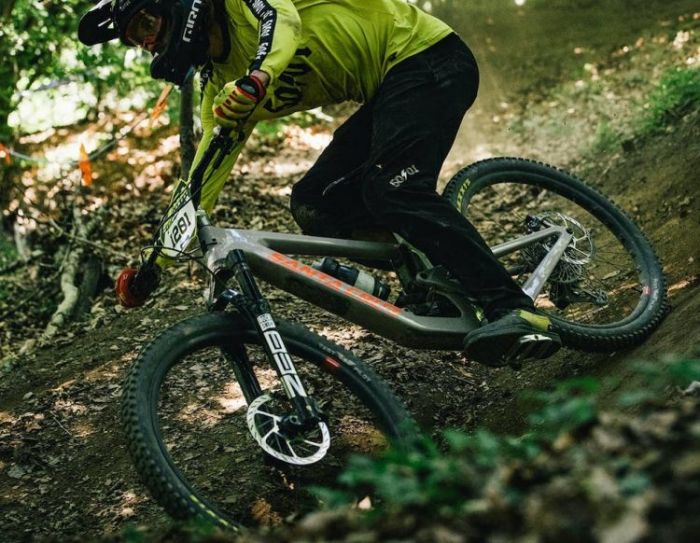Merida CROSSWAY L 100 Review
- Price: $966
- Frame: Aluminum
- Tires: 700c Aluminum
- Gear: 2×9
What we like about it: The lightweight aluminum frame is time-tested, the overall design is simple and beautiful, and the hydraulic disc brakes are more sensitive and precise.
What we don’t like about it: The speed performance may not please everyone.
Rating: (4.7/5)
-1024x634.jpg)
The CROSSWAY series has been a cornerstone of the MERIDA lineup since its introduction. They seamlessly blend comfort, fun, and all-around functionality. The Merida CROSSWAY L 100 is one of the representative products of this series, loved for its versatility in both daily commuting and leisurely travels.
Below, we analyze the riding experience, key features, components, specifications, and other versions of the Merida CROSSWAY L 100. Additionally, we’ll compare it to several top bicycle models in the latter part of this article. If you’re interested in more bicycle reviews, be sure to follow us.
Riding Experience
I’ve always preferred hybrid bikes as they can easily adapt to the constant transition between road and off-road terrains. Once I got the Merida CROSSWAY L 100 I used it as a daily commuter and went to Stromlo Forest Park on the weekend.
Downhill
The downhill section of Little Seymour greatly impressed me and amplified my appreciation for the Merida CROSSWAY L 100. It’s an excellent downhill route often included in Enduro races, posing a challenge for both riders and bikes.
During the ride, I had to stay vigilant to avoid tree roots and loose rocks. The X-TAPER headtube enhanced steering precision, making me feel secure and confident.
Moreover, the 6061 aluminum frame is particularly well suited to Merida’s hydroforming and technical forming processes. This weld-friendly material, after careful heat treatment, maximizes strength and leaves no doubts about the bike’s stability even on bumpy roads.
What’s more, as I approached the bottom of the slope, the TEKTRO M275 hydraulic disc brakes provided effortless and comfortable braking. Additionally, the Suntour NEX front fork, designed specifically for 700c wheels, had already proven itself.
With 63mm of travel, it effectively mitigated the impact of descents, and I didn’t experience significant bumps throughout the downhill. This is undoubtedly good news for commuters who have to tackle bumpy stretches of road.
Climbing
Next, I tackled the ABC Switch Backs, a 155-foot uphill section, and opted for the more traction-demanding A-line. Fortunately, the Maxxis Overdrive Excel, 700x40C tires didn’t disappoint.
The entire process was comfortable and stable, and the tires provided ample grip.
What pleasantly surprised me was the Shimano Altus gear system’s flexibility in controlling the shifting during undulating slopes. It allowed me to adjust to the appropriate gear based on the steepness, tackling different challenges.
Furthermore, the lightweight frame didn’t burden me during the climb. After finishing my bike ride, I easily booked accommodation on Skyscanner. I can finally relax and rest well.
Thanks to the Merida CROSSWAY L 100, I conquered various obstacles and enjoyed an exhilarating and enjoyable riding experience on this route. As you might expect, I’ll continue to use the CROSSWAY L 100 for more road and off-road adventures.
Specification
.jpg)
.jpg)
.jpg)
The SR Suntour NEX HLO front fork system left a lasting impression on me. The Hydraulic Lock-Out feature allows riders to lock the fork when needed, transforming it into a rigid fork.
This is particularly useful when climbing steep hills. A rigid fork doesn’t absorb minor bumps near the front wheel, effectively improving riding efficiency.
Additionally, the lighter steel tubes are suitable for some daily riding and leisurely rides. I was also impressed by the internal cable routing of the CROSSWAY L 100.
It not only protects the cables within the frame, keeping the appearance clean and tidy, but also provides aerodynamic advantages, enhancing the speed performance of the Merida CROSSWAY L 100.
In terms of the groupset, the Merida CROSSWAY L 100 is equipped with a Shimano Altus derailleur. Its design is relatively simple, making it suitable for entry-level cyclists.
Moreover, it is durable and easy to maintain. It’s worth noting that Shimano gear systems are commonly used, and the availability of parts and tools, as well as the ease of repairs, make the Shimano Altus more cost-effective.
The braking performance of the Merida CROSSWAY L 100 is also satisfying. The TEKTRO M275 hydraulic disc brake system is more responsive and quicker in its reactions compared to mechanical brakes. Its lightweight and robust characteristics make it an excellent choice for enthusiasts or daily riders.
Furthermore, the Maxxis Overdrive Excel tires performed better than expected on the road. The dual compound ensures reliability and grip, and the SilkShield bead-to-bead protection provides good puncture resistance.
What do we like about it?
- Powerful and easy-to-control hydraulic disc brakes.
- Lightweight aluminum frame with a comfortable geometry.
- Multiple mounting points for rear racks and mudguards.
- Capable of both road and mountain riding.
- Shimano/FSA drivetrain for a better riding experience.
What don’t we like about it?
- Limited color options.
FAQ
- What kind of tires does Merida CROSSWAY L 100 use and what is the tire size?
The Merida CROSSWAY L 100 uses Maxxis Overdrive Excel tires with a size of 700x40C, offering reliable grip performance.
- Does the SR Suntour NEX HLO fork on the Merida CROSSWAY L 100 have suspension capabilities?
The SR Suntour NEX HLO fork has suspension capabilities. It utilizes a spring and oil pressure design to absorb road vibrations and reduce rider discomfort, providing a more comfortable ride.
- How do I choose the size of this bike?
The Merida CROSSWAY L 100 is friendly to riders of all heights and comes in three size options. The size chart below can serve as a reference, but it’s normal to have variations based on personal preferences. The best way to find the most suitable size is to try it.
| Rider height | SIZE |
| 151cm – 164cm | XS |
| 160cm – 172cm | SM |
| 166cm – 179cm | MD |
Specs
Build
| Frame | CROSSWAY L TFS III, material: aluminium, 700x50C max. wheelsize, 135x9mm axle standard, BSA bottom bracket standard BB Standard: BSA, Threaded |
| Fork | SR Suntour NEX HLO, Coil, 63mm suspension travel, Lockout, 700x48C max. wheelsize |
| Bottom Bracket | FSA TH-7420ST CARTRIDGE BEARING |
| Headset | MERIDA M2346 |
| Stem | MERIDA COMP TK, material: aluminium, 31.8 mm diameter, adjustable, XXS/XS/S/M 95 mm, L/XL 110 mm |
| Handlebar | MERIDA COMP CC, material: aluminium, 660mm width, 25mm rise |
| Saddle | MERIDA CROSS SPORT |
| Seatpost | MERIDA TK, 30.9mm diameter, 10mm setback, 45mm seatpost suspension travel |
Wheels
| Rims | MERIDA COMP TK, 20mm inner width, 17mm height, material: aluminium |
| Spokes | Black stainless |
| Front Hub | Shimano TX505, 100x9mm width front hub, 32 spoke holes, Centerlock, 135x9mm width rear hub, 32 spoke holes, Centerlock |
| Rear Hub | Shimano TX505, 100x9mm width front hub, 32 spoke holes, Centerlock, 135x9mm width rear hub, 32 spoke holes, Centerlock |
| Tires | Maxxis Overdrive Excel, 700x40C, wire, reflective stripe, Silkshild |
| Disk Rotors | Shimano RT10, 160 mm |
Groupset
| Rear Derailleur | Shimano ALIVIO T4000, SGS |
| Front Derailleur | Shimano M370 |
| Crank | SAMOX AF29-321SSS-P, 48-35-26 teeth, 170 mm-XXS/XS/S, 175 mm-M/XL |
| Shifters | Shimano Altus |
| Cassette | Shimano HG200, 11-34 teeth, 9 speed |
| Chain | KMC M99 |
| Brakes | TEKTRO M275, 2 piston |
| Brake Levers | TEKTRO M275 |
Comparison Table
| Bicycles | Click view | Tires | Drivetrain | Frame material | Groupset |
| Trek FX 1 Stagger | Click View | Bontrager H2 Comp, wire bead, 30tpi, 700cx35c | 3×7 | Aluminum | Shimano Altus, Tourney |
| Giant Roam Disc 3 | Click View | Giant CrossCut, anti-puncture, 700cx42c | 2×8 | Aluminum | Shimano Acera, Tourney |
| Cannondale Bad Boy 1 | Click View | WTB Byway, 650bx40c | 1×8 | Aluminum | Shimano Alfine |
| CUBE NATURE, PRO | Click View | Schwalbe Land Cruiser, Active,700c×50c | 3×10 | Aluminum | Shimano XT, Deore |
Merida CROSSWAY L 100 vs Trek FX 1 Stagger eTap
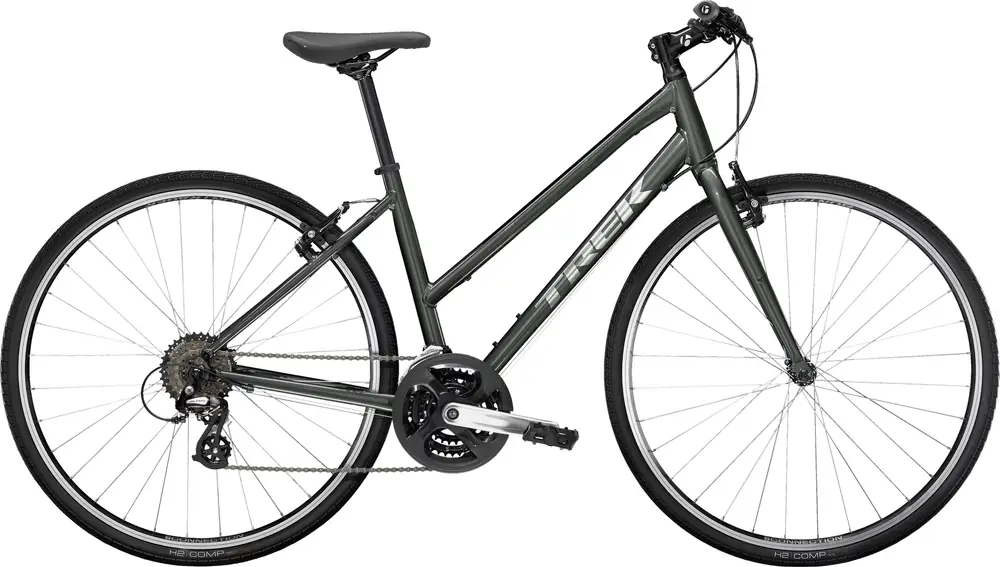
The Trek FX 1 Stagger eTap caught my attention first with its 3×7 drivetrain, offering a wider range of gear combinations to tackle more complex terrains.
Additionally, compared to the CROSSWAY L 100, the FX 1 Stagger eTap has narrower tires of the same size, enhancing its speed performance. However, for someone like me who prioritizes comfort and stability, the Merida CROSSWAY L 100 is still more suitable.
If you’ve ridden both bikes on downhill sections, it should be easy to notice that the CROSSWAY L 100 is the superior one. Its Hydraulic Disc brake system outperforms the hub brakes of the Trek FX 1 Stagger eTap in terms of greater braking power, ease of adjustment, and weight considerations.
Furthermore, there is a noticeable difference in the stack measurement between the two bikes when comparing them within the same bike category. The stack of the Trek FX 1 Stagger eTap is lower.
Some riders may prefer to maintain a more forward-leaning position to gain more speed, but for longer rides, it’s important to alleviate body fatigue. That’s why I prefer the Merida CROSSWAY L 100, as it allows me to maintain a more comfortable upright posture.
Learn More: Is The Trek FX1 22 Worth Buying? [Trek FX1 Review]
Merida CROSSWAY L 100 vs Giant Roam Disc 3
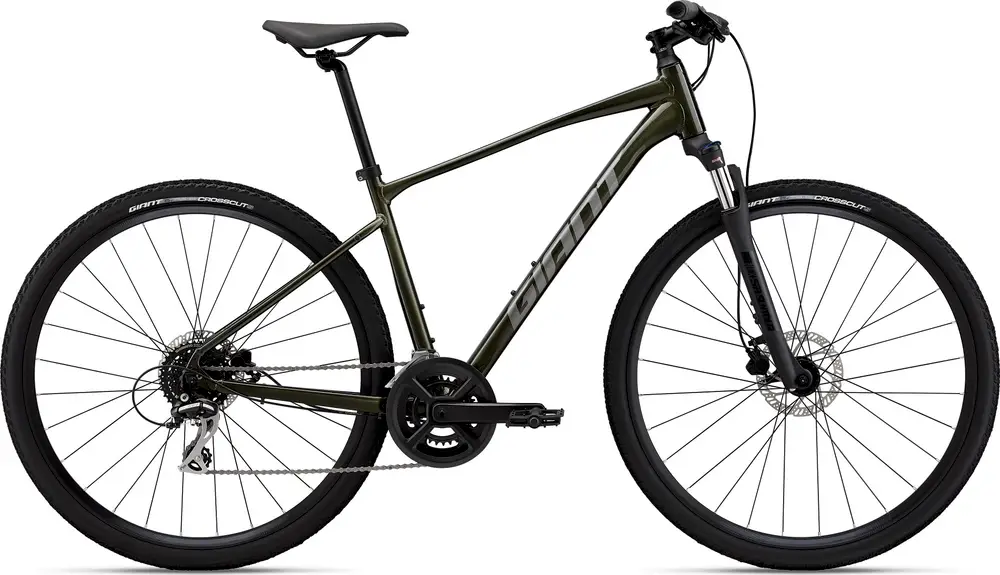
For budget-conscious beginners, the Giant Roam Disc 3 has likely caught their attention. The standout feature that caught my eye is the D-Fuse seatpost and suspension fork, which absorb road shocks and vibrations, providing a smoother ride. Additionally, the updated frame geometry allows riders to balance efficiency and stability.
However, while the Giant Roam Disc 3 has a slight advantage in terms of price, the performance of the Shimano Tourney groupset may give many people pause. It might be worth considering if you only ride on flat surfaces.
However, when encountering more complex situations, skipping a gear is not uncommon with the Roam Disc 3. In comparison, Shimano ALIVIO performs better. Therefore, if you’re looking for a better riding experience, I would recommend trying out the Merida CROSSWAY L 100.
Learn More: Is Giant Roam Disc 3 Worth Buying? – [Giant Roam Disc 3 Review]
Merida CROSSWAY L 100 vs Cannondale Bad Boy 1
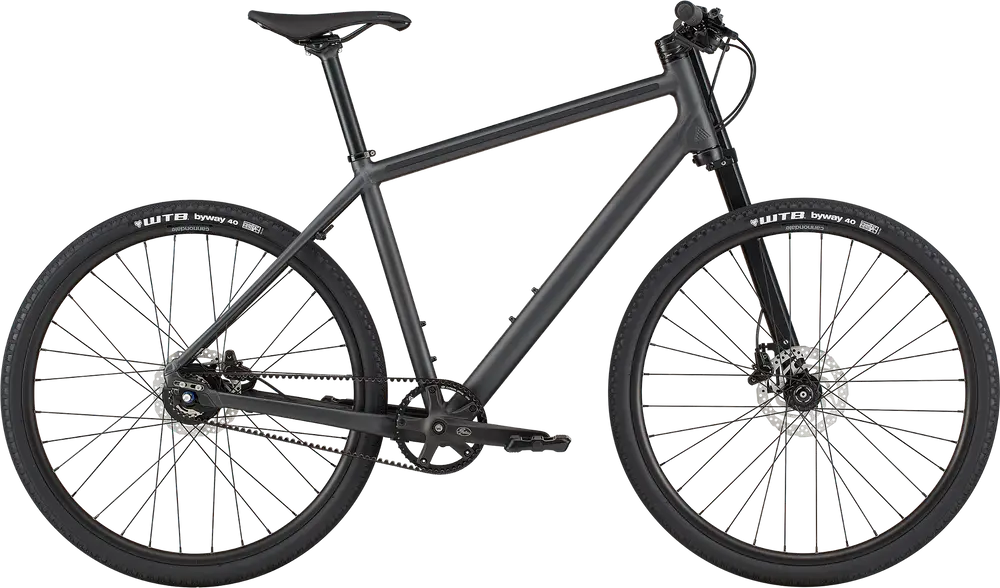
Both bikes have distinct characteristics in their geometry design. The Cannondale Bad Boy 1 has slightly shorter chainstays, which enhances its agility. However, if you prioritize bike stability, the Merida CROSSWAY L 100 is still a better fit.
One aspect that caught my attention is the integration of LED lights on the Bad Boy 1’s fork and seatpost, making it visually appealing and safer for night rides. Additionally, the 8-speed internal gears housed within the rear hub allow for easy navigation of urban and natural terrains with varying elevations.
The advantages of the Bad Boy 1 don’t end there. Its large-sized tires absorb bumps on rough roads, and the stripped-down components are designed for simplicity. Thus, even in inclement weather conditions, it serves as an ideal commuter bike.
However, if you’re a beginner, I still recommend opting for the highly cost-effective Merida CROSSWAY L 100. Despite being priced at less than half, it still delivers impressive performance.
Learn More: Is Cannondale Bad Boy 1 Worth Buying? [Cannondale Bad Boy Series Review]
Merida CROSSWAY L 100 vs CUBE NATURE PRO
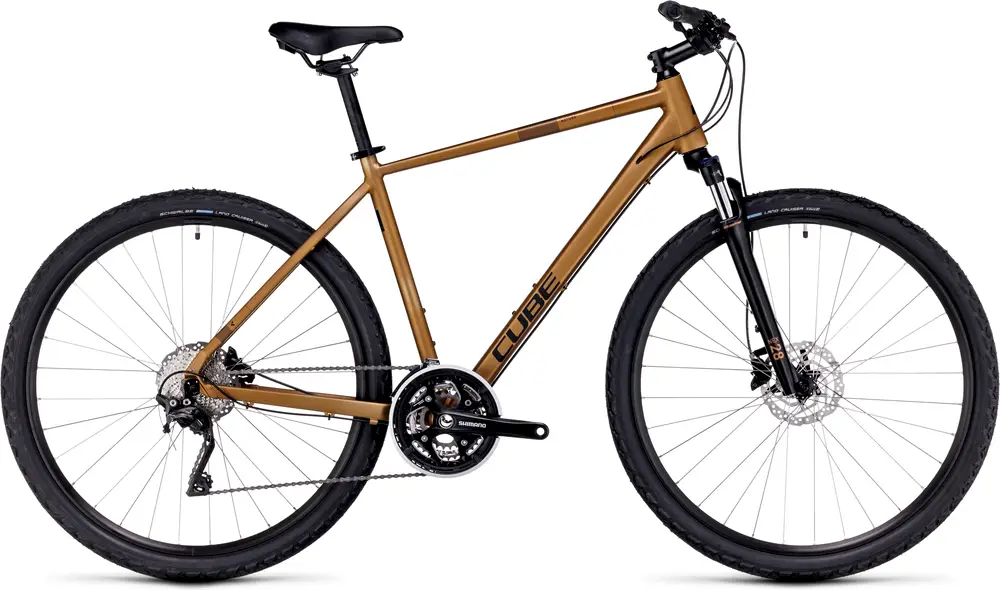
The CUBE NATURE PRO impresses with its wide range and smooth-shifting Shimano 3×10 gears. Coupled with the highly reliable XT rear derailleur, it maintains considerable shifting accuracy in most situations.
Moreover, the Suntour suspension fork and smooth-rolling Schwalbe tires ensure rider comfort during long journeys. The same Shimano hydraulic disc brakes found in the Merida CROSSWAY L 100 provide reliable stopping power.
Both the CUBE NATURE PRO and the Merida CROSSWAY L 100 are solid choices. In my opinion, the former is suitable for riders who prioritize speed and efficiency, while the latter is better suited for those who value comfort and stability.
Summary
Above is our review of the Merida CROSSWAY L 100. It performed excellently and is suitable for urban and suburban riding. In our opinion, it’s a bike worth purchasing, which is why we’ve given it a high rating of 4.7. If you’re interested in trying out higher-end hybrid bikes, feel free to check out our other reviews.
Lastly, if you enjoyed our content, please share it with your friends! If our content has been helpful to you, you can click the email subscription button below. Thank you for your support!

![[Orbea URRUN 10 20mph Review] – Best Used By People Who Enjoy Riding To Get AFeel For The Mountains!](https://bestbikeselect.com/wp-content/uploads/2023/09/2023-Orbea-URRUN-10-20mph-35_-1024x1024.jpg)
![[Specialized Turbo Como 5.0 Review] – Good Choice?](https://bestbikeselect.com/wp-content/uploads/2023/08/2023-Specialized-Turbo-Como-5.01_-1024x1024.webp)
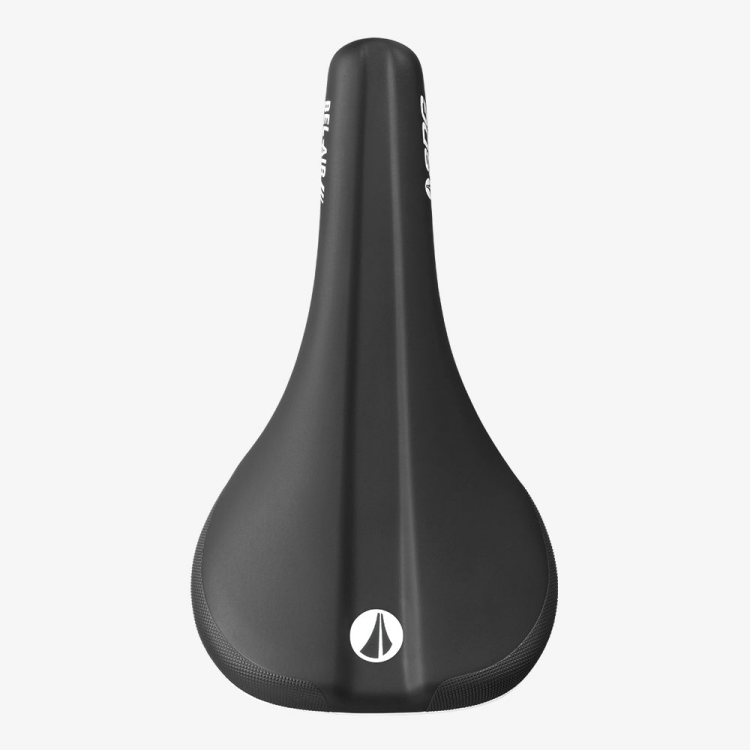
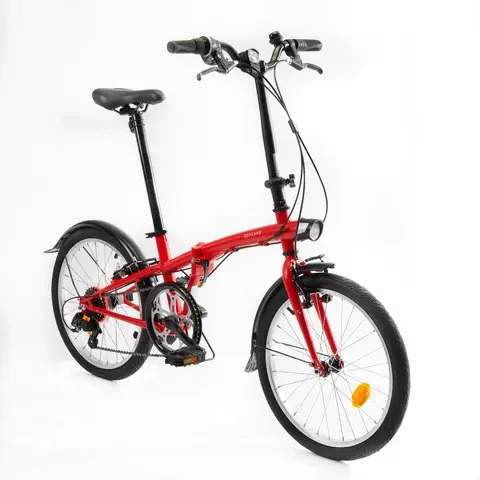
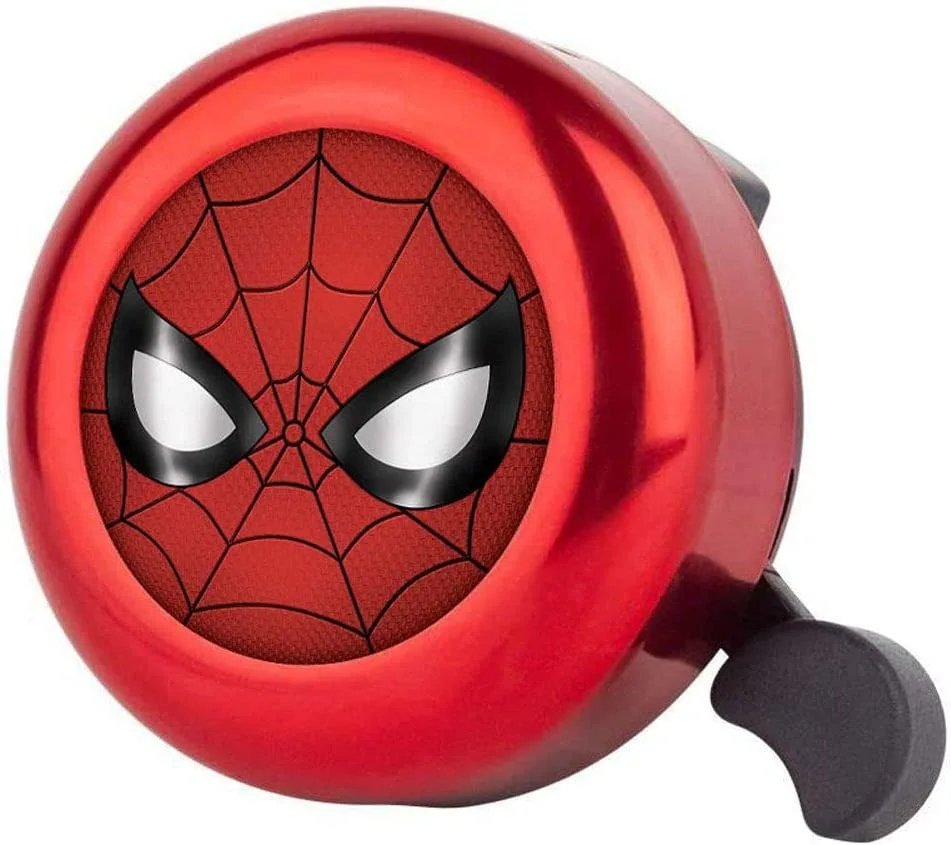
![2025 Built for Champions:[Orbea ORCA M21eTEAM PWR Review]](https://bestbikeselect.com/wp-content/uploads/2025/01/ORCA-M21eTEAM-PWR-1024x885.jpg)
![2025 Conquer Any Trail [Santa Cruz Bronson R Review]](https://bestbikeselect.com/wp-content/uploads/2025/01/Santa-Cruz-Bronson-R-1-1024x768.webp)
![2025 The All-Terrain Beast [Santa Cruz Hightower 3 MY24 Review]](https://bestbikeselect.com/wp-content/uploads/2025/01/Santa-Cruz-Hightower-3-MY24-1024x768.webp)
![The Best Comfortable Leisure Bike of 2025 [ Trek Verve 2 Lowstep Gen 5 ]](https://bestbikeselect.com/wp-content/uploads/2024/12/Verve-2-Lowstep-Gen-5-02-1024x681.png)
![2025’s Top Endurance Bikes [Cannondale Synapse Carbon 3 L Review]](https://bestbikeselect.com/wp-content/uploads/2025/01/Cannondale-Synapse-Carbon-3-L-1-1024x627.webp)
